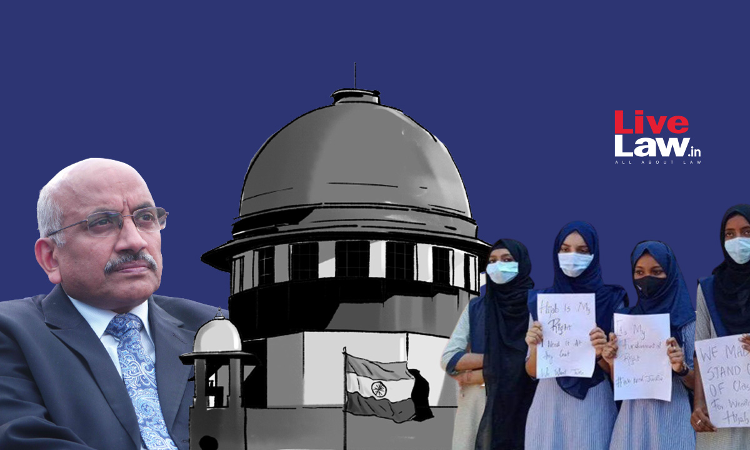On Wednesday, a Division Bench of the Supreme Court of India continued to hear the challenge against the decision of the Karnataka Government to ban headscarves or the hijab in government colleges. A batch of 23 petitions was filed in this connection, some of which were writ petitions filed directly before the Supreme Court, while others were appeals by special leave preferred against...

